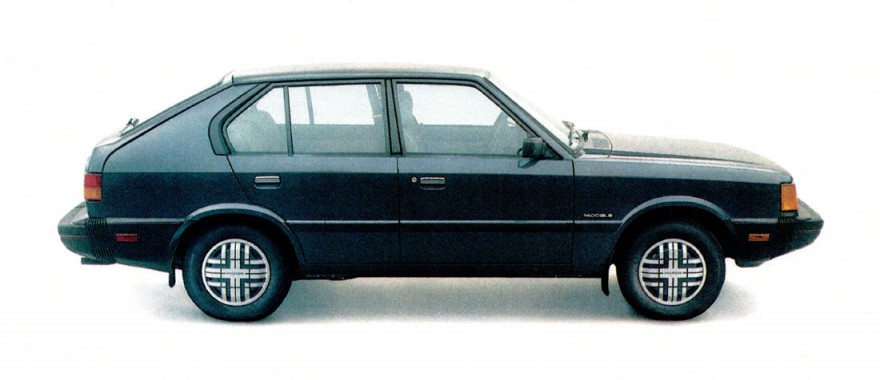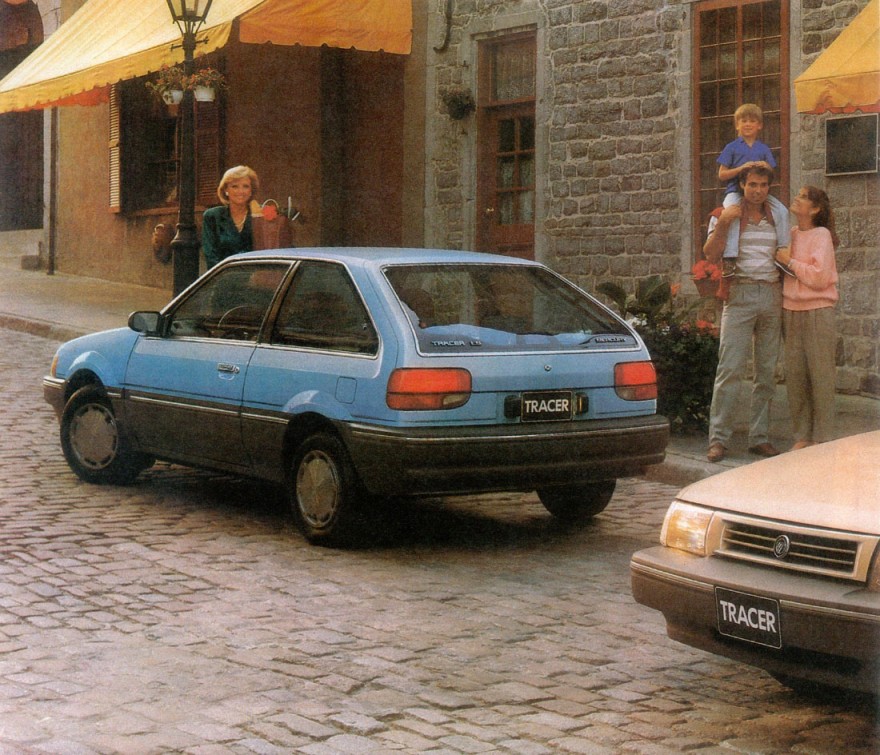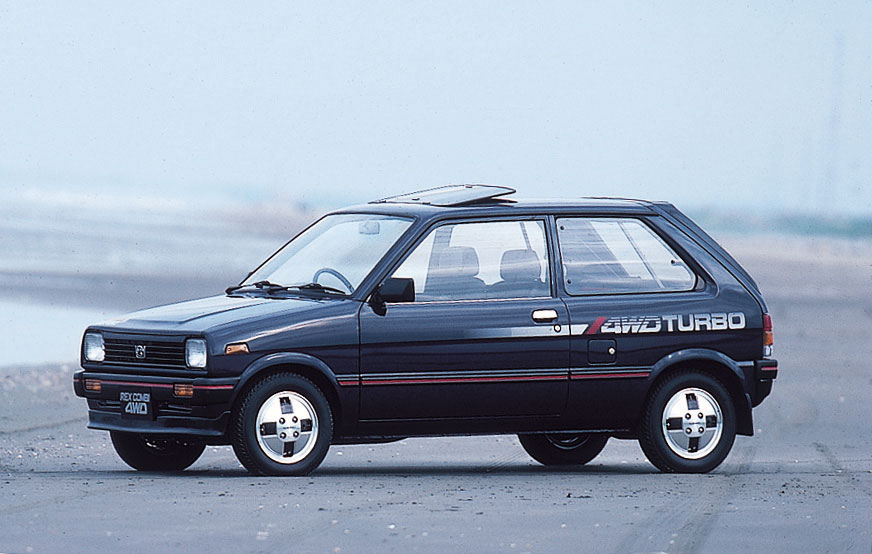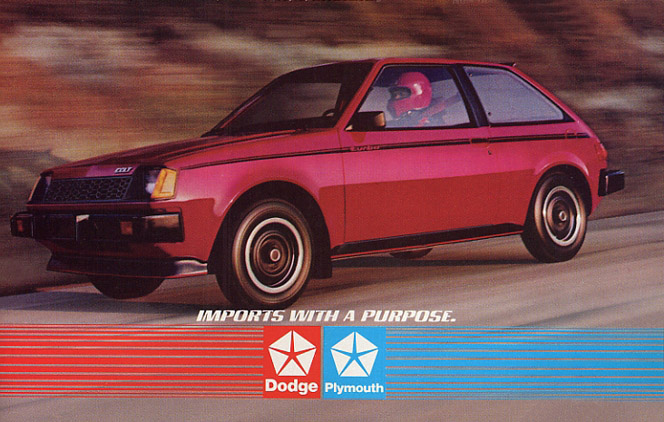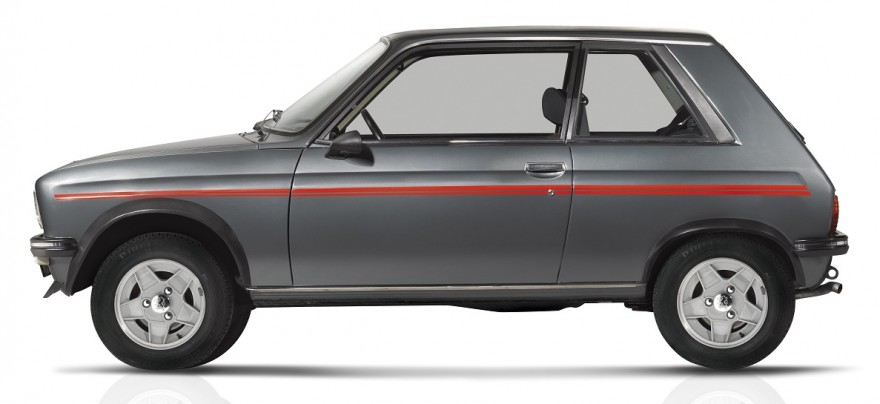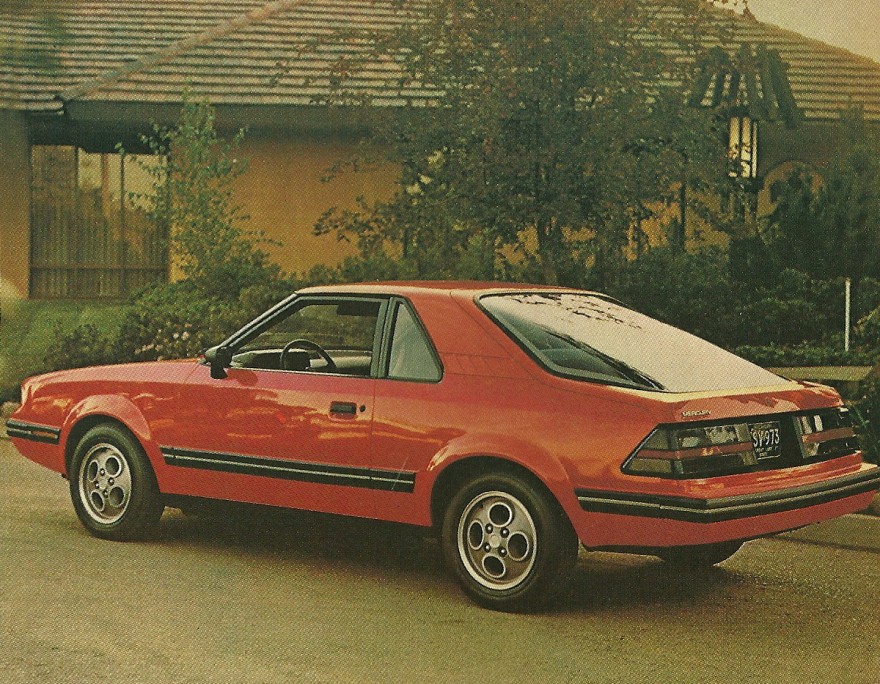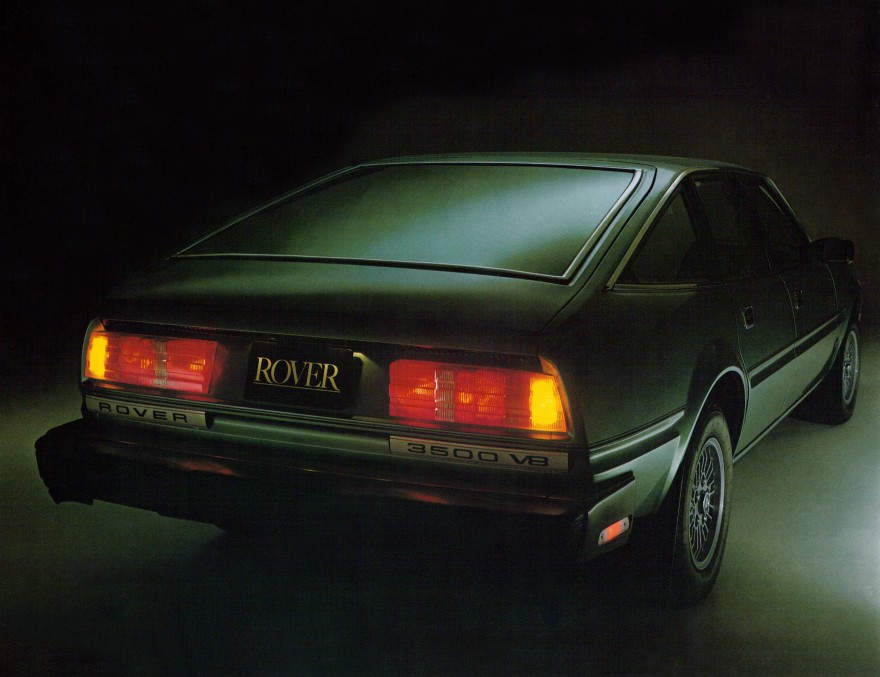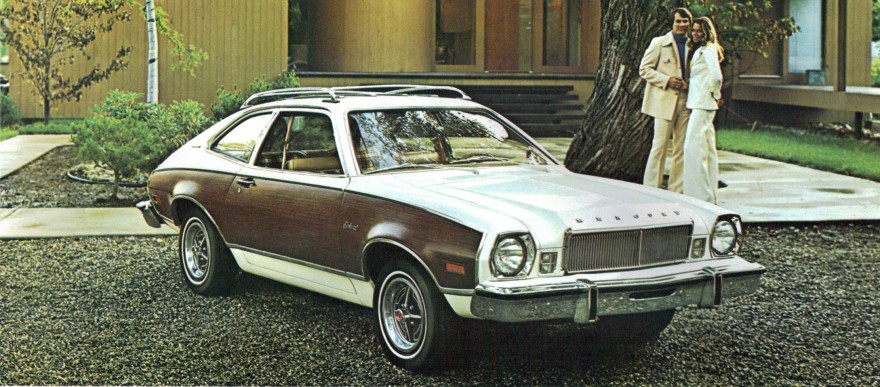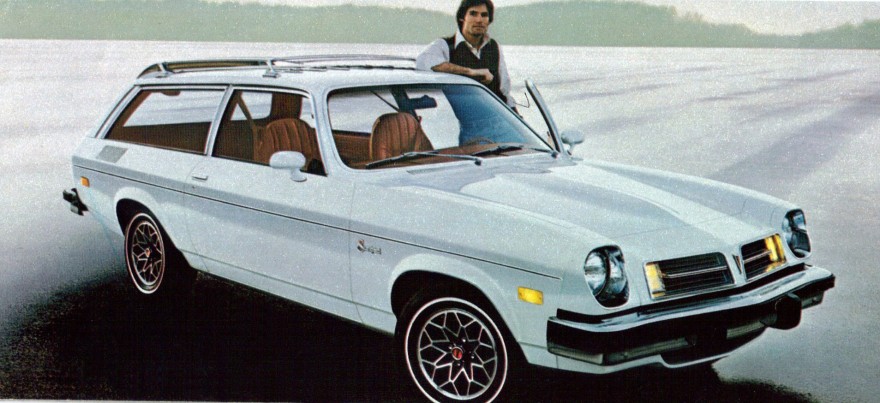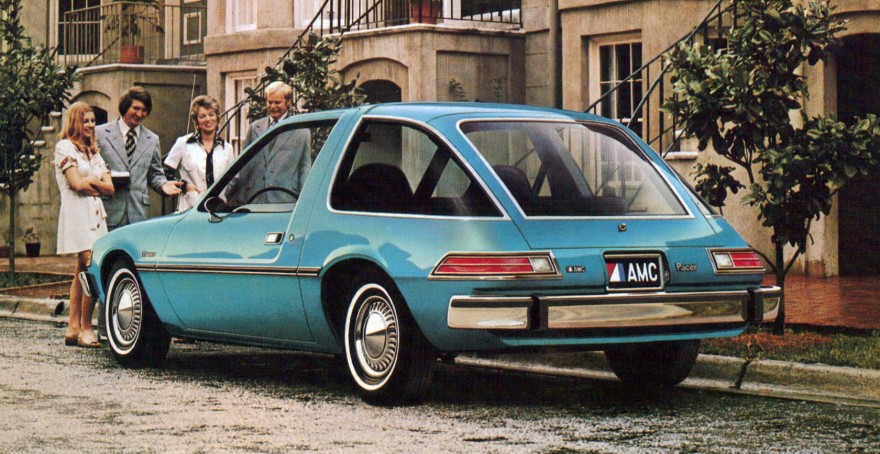Volvo sold its first 1800 in 1961. Since then, the car had gone through thousands of engineering refinements and three designation changes, from the P-1800 to 1800S and in 1970 to the 1800E. In 1971, Volvo introduced the 1800ES. While the shape and style was new, the engineering inside was not and was the result of an 11 year evolutionary process.
In 1970, Volvo replaced the carburetors in their sports cars with an electronic fuel injection system. Coupled with a computer unit under the dashboard, the system metered out the exact amount of fuel the engine required to work at peak efficiency. The result was a cleaner exhaust and cleaner air and in 1971, they made the engine run on 91-octane gasoline which increaser gas mileage and performance and produces even cleaner air.
The B20F four-cylinder, fuel injected engine was bench tested to the equivalent of 90 MPH for 60,000 miles without braking. It has five-main-bearing crankshaft, electronic fuel pump, fuel pressure regulator and overflow sensor and a full-flow oil filter. Its 121 cubic inch displacement, with a bore of 3.50 in. and a stroke of 3.15 in. produced an maximum output of 125 HP SAE at 6,000 RPM with 123 lb ft. of torque at 3,500 RPM.
It had a four-speed manual transmission, fully synchronized with remote control linkage and electronically operated overdrive on fourth gear. It was also available with an optional three-speed fully automatic transmission with floor mounted P-R-N-D-2-1 shift quadrant.
The 1800ES roofline was extended to the tail of the car, creating 35 cubic feet of trunk space behind the front seats. Volvo only produced 1657 of this model for the American market.
(source: Volvo)
1971 Volvo 1800ES

